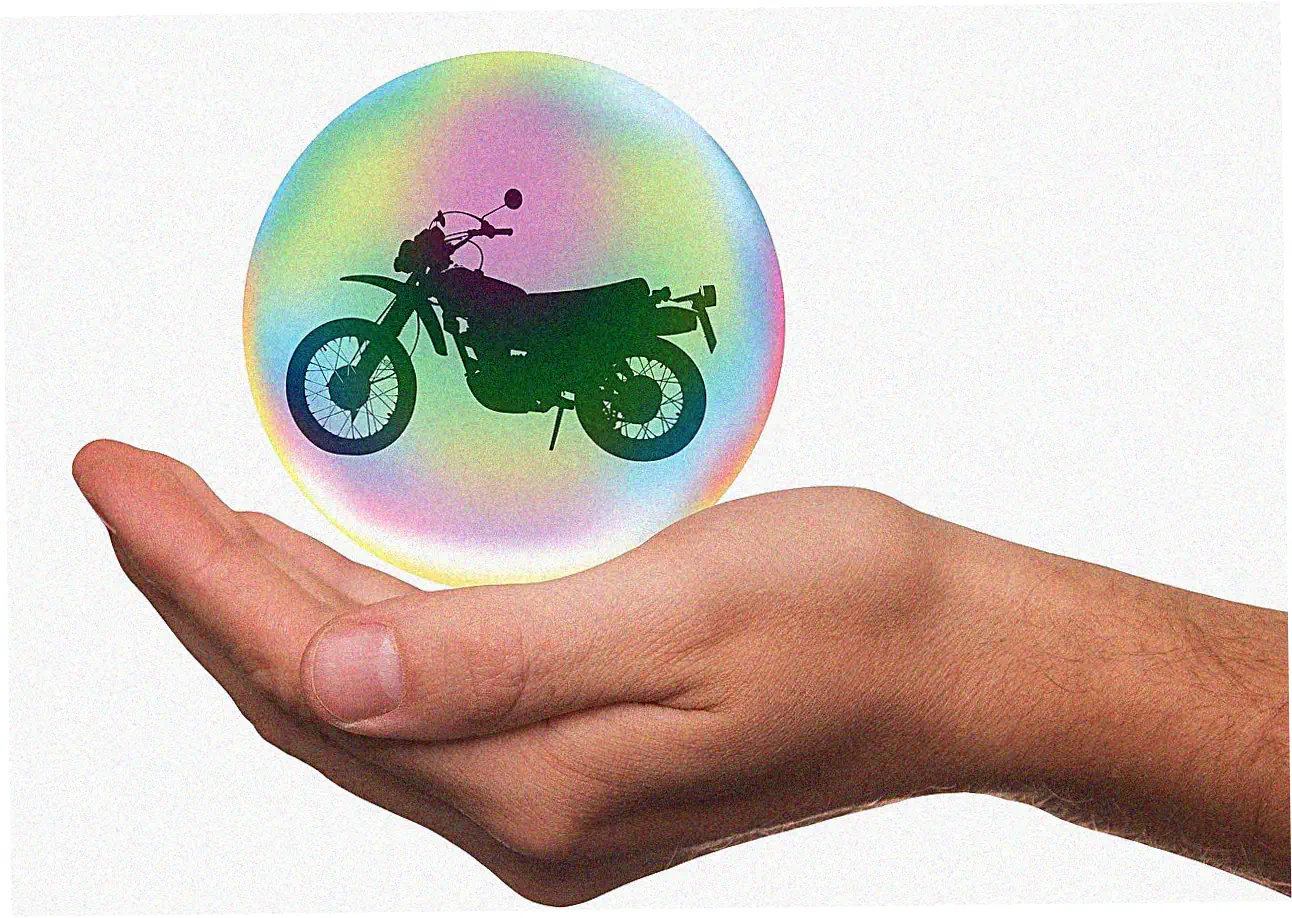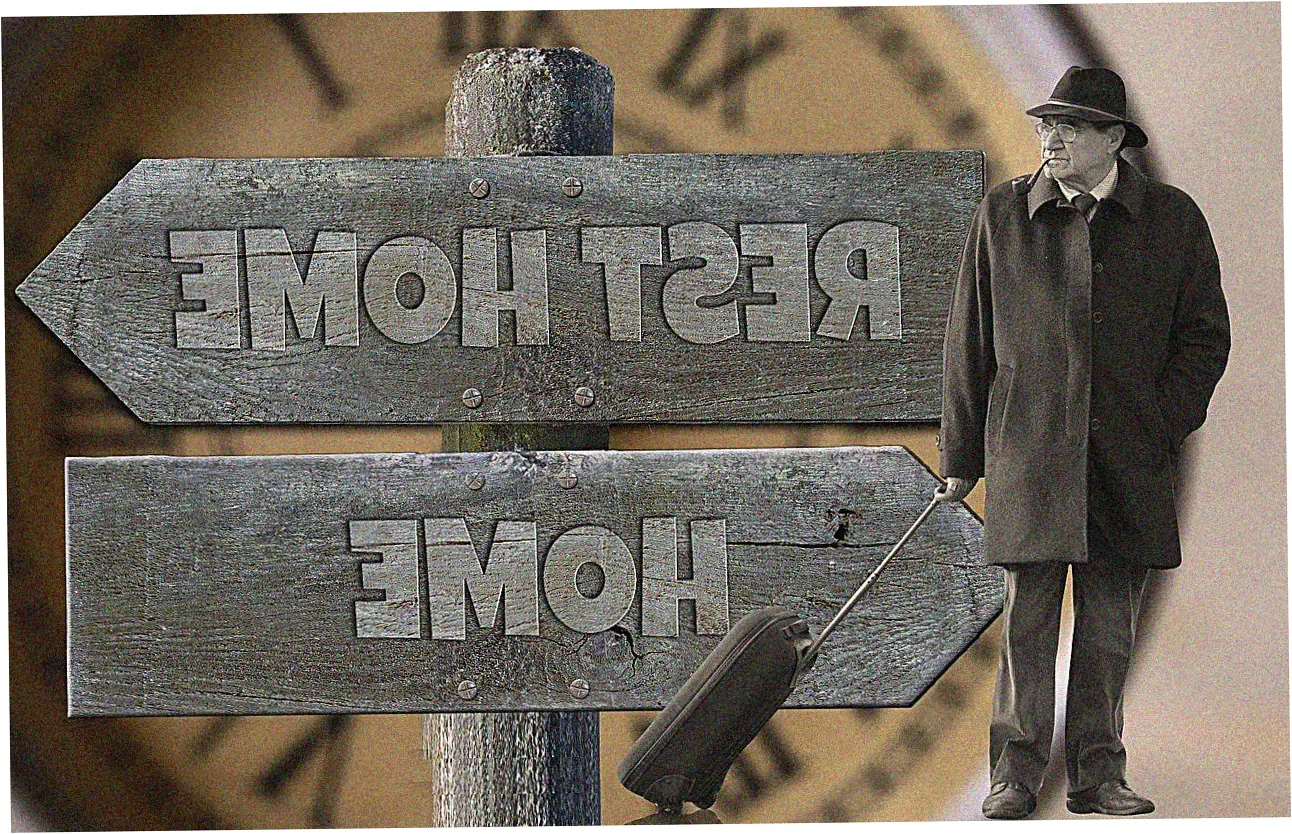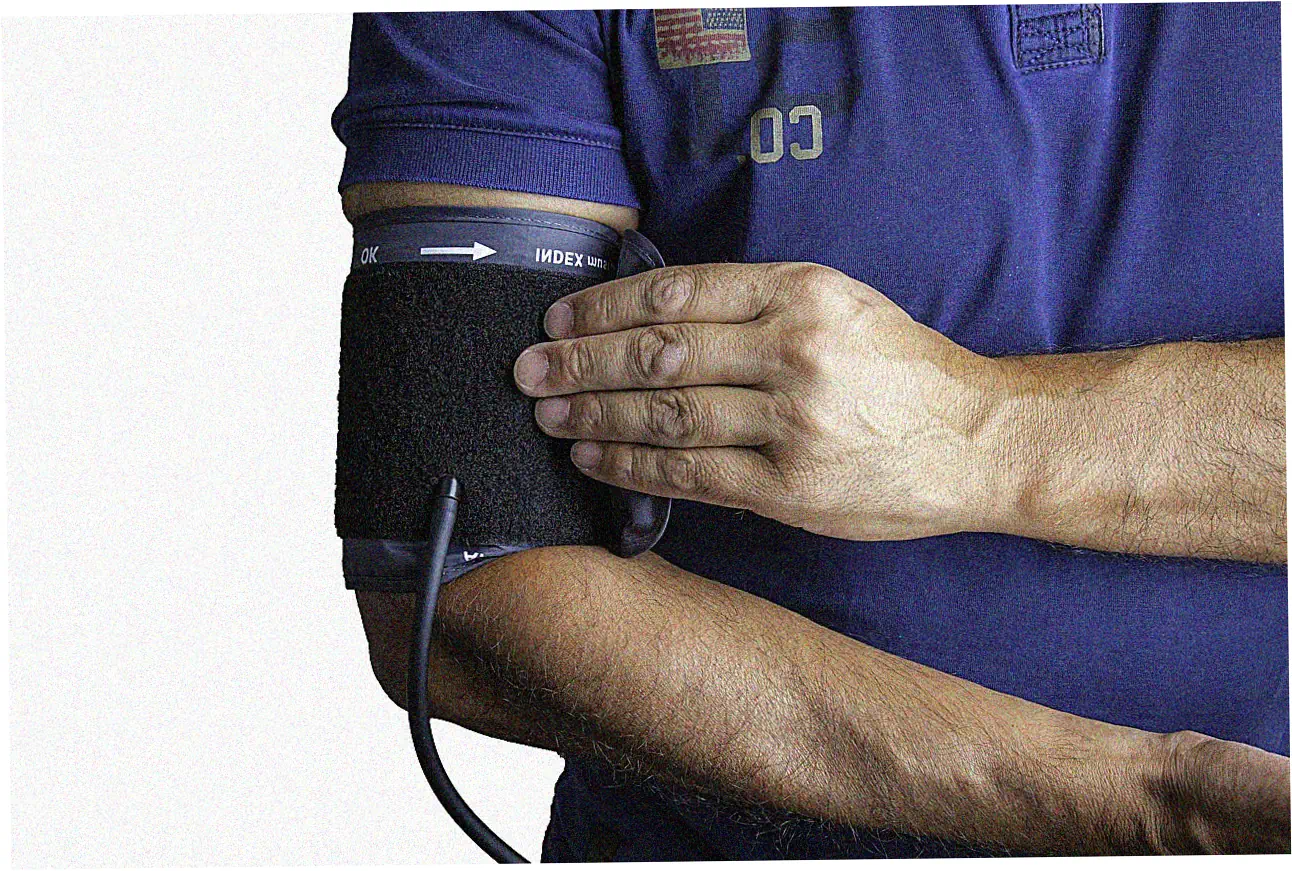You really need to understand your Amazon credit card minimum payment – it’s key to keeping your finances healthy and steering clear of expensive fees. This is the lowest amount you’ve got to pay each month by the due date to stay on good terms with your card issuer. That could be Chase or Synchrony Bank if you have the Amazon Store Card. Sure, paying just the minimum saves you from late fees and credit score hits, but there’s a catch – you’ll be stuck in debt much longer and pay way more in interest. This guide will show you exactly how they calculate that minimum payment, give you smart ways to handle it, and explain how it works with other card features like balance transfers or when you have multiple Amazon cards.
Here’s what we’ll cover:
- How your Amazon credit card minimum payment actually works
- What happens when you only pay the minimum
- Smart ways to lower your minimum payments
- Managing payments when you have multiple Amazon cards
- Special features of Amazon cards you should know about
- How to avoid getting stuck in the minimum payment trap
- Common questions about Amazon card payments
How Amazon Credit Card Minimum Payment Works
Calculation Methods and Components
Minimum Payment Formula: Figuring out your Amazon credit card minimum payment is pretty straightforward. They take a small percentage of what you owe, usually 1-3%, then add any interest and fees. Or they might just charge a flat fee around $25-35.
You’ll pay whichever amount turns out higher. Say you’ve got a $1,000 balance and they calculate 2% for your minimum payment. That would be just $20, but since most cards have a $25 minimum, you’d end up paying the full $25 instead.
Chase’s current rules for 2023 show they include everything in their minimum payment calculation – all your interest charges, any late fees, if you went over your limit, plus 1% of whatever new balance you’re carrying.
Interest Impact: When you just pay the minimum on your Amazon card, most of that money goes straight to interest charges. Very little actually pays down what you originally spent.
The CFPB points out something pretty scary – if you only make minimum payments on a $1,000 purchase with a standard 25% interest rate, you’ll be paying for over five years. And get this, you’ll shell out almost $700 just in interest charges.
This traps you in a cycle of debt that gets harder to break unless you start paying more than the minimum.

Due Dates and Grace Periods
Payment Timing: You usually have about 25-30 days after your billing period ends to make your Amazon card payment. Miss that deadline and you could face late fees up to $40, plus they might hike up your interest rate as a penalty.
Setting up automatic payments for at least the minimum amount means you’ll never miss a payment. This also keeps your credit score safe from getting dinged. There’s a grace period, typically 21-25 days after your statement closes.
If you pay off your full balance from last month, you won’t get charged interest on new stuff you buy.
Consequence Management: If you’re worried about making your minimum payment, don’t just skip it. Call Chase or Synchrony Bank right away to ask about their hardship programs.
These programs can sometimes lower your minimum payment or interest rate for a while. Just know they might not let you make new purchases while you’re in the program.
By law, credit card companies have to give you at least 21 days between when they send your statement and when your payment is due. That gives you enough time to get the money together.

Let’s talk about what happens when you only make minimum payments.
The long-term costs can really add up.
When you just pay the minimum on your Amazon credit card, the interest piles up fast. Take a $2,000 balance at 26.99% APR – that’s the current rate for the Amazon Prime Rewards card.
If you only pay the minimum, you’ll be paying for almost 15 years and shell out over $2,900 in interest alone. That’s more than you originally spent! Check out how different payment approaches change your payoff time and total costs:
| Payment approach | Time to pay off | Total interest you’ll pay |
|---|---|---|
| Just the minimum payment | Almost 15 years | $2,947 in interest |
| Paying double the minimum | Just over 3 years | $968 in interest |
| Paying $100 every month | About 2 years | $538 in interest |
Your credit score takes a hit too. Sure, making minimum payments on time helps your payment history – that’s 35% of your FICO score. But if you’re using too much of your available credit, that hurts your score. Experts say keep your balance under 30% of your limit, but under 10% is even better for your score. When you only pay the minimum, you’re keeping your credit usage high. That could drop your score by 50 points or more, depending on your credit situation.

The risk of getting stuck in debt
Here’s the psychological trap: that low minimum payment makes you think you can afford more than you really can. Behavioral economists say those minimum payment numbers mess with your head, making you spend more and build up debt you can’t handle.
This is extra risky with Amazon cards since it’s so easy to checkout and you’re always seeing things to buy.
Then there’s progressive debt – as interest builds up, more of your minimum payment goes to interest instead of paying down what you actually owe. So even though you’re paying every month, your balance barely budges.
The Fed says about 40% of card users carry balances month to month, paying around $1,000 each year just in interest across all their cards.

Here are some ways to lower your minimum payments
Let’s talk about balance transfers
You can move your Amazon card balance to a 0% APR card. This cuts down the interest part of your minimum payment. More money then goes toward paying off your actual debt. Lots of these cards give you 12 to 18 months with no interest.
But they usually charge a 3-5% fee for the transfer. This works great if you can clear the balance during that intro period. Just make sure you don’t run up new charges on the fresh card.
Here’s how to do a balance transfer from your Amazon card. First, find a good card with enough credit and nice terms. Then call up the new card company – not Amazon or Chase. Give them your Amazon card number and how much you want to move.
Remember, balance transfers usually don’t earn rewards points. They also don’t help you hit any new card bonus spending targets. Keep paying at least the minimum on your Amazon card until the transfer finishes. This process might take one or two billing cycles.

Now let’s look at ways to pay off your Amazon card faster
If you have several cards, try the snowball method. Pay minimums on all cards but throw extra cash at your smallest balance first. This gives you quick wins that keep you going. Or use the avalanche method – hit your highest interest debt first.
This saves you more money on interest in the long run. Since Amazon cards can have high rates for some people, the avalanche approach usually works better money-wise. It just takes more discipline at the start.
Try paying every two weeks instead of monthly. This brings down your average balance faster, so you pay less interest. Your minimum payment might even drop over time. Say you usually pay $150 each month.
Switch to $75 every two weeks. You’ll make 13 payments a year instead of 12, paying off your debt about 8% quicker. This works really well if you time it with your paychecks. It makes managing your cash flow much easier.

Managing payments for multiple Amazon cards
When you have two Amazon cards
Wondering if you can get two Amazon cards? Here’s the deal Lots of people actually have both the Amazon Prime Visa and the Store Card, sometimes even multiple store cards for different uses When you’re making minimum payments on several Amazon cards.
always pay the card with the highest interest rate first, but don’t forget to at least pay the minimum on all your other cards This way you’ll save money on interest and keep all your accounts in good shape.
Got several Amazon cards? You might want to sync up their due dates by calling customer service When all your payments are due around the same time, it’s easier to manage your money and you’re less likely to miss a payment Just make sure you have enough money when they’re all due at once, because several minimum payments coming out together could really stretch your budget.
| Type of card | Typical interest rates | Which to pay first |
|---|---|---|
| Amazon Prime Rewards Visa | 17.24% to 26.99% | Pay this one early (variable rate) |
| Amazon Store Card | 24.99% to 29.99% | Pay this one first (usually highest rate) |
| Amazon Secured Card | 24.99% to 28.99% | Middle priority (good for building credit) |
How your credit limits affect your payments
Where you put your balances matters a lot when you have multiple Amazon cards – it affects both your minimum payments and your credit score Try to use less than 30% of each card’s limit and less than 10% of your total credit – this helps your credit score and keeps payments manageable You could ask for higher limits on cards you don’t use much to improve your credit utilization, but only if you won’t be tempted to spend more and undo the benefit.
If you’re thinking about getting two Amazon cards and wondering how to handle them, the trick is to give each card a different job Maybe use one card for your monthly subscriptions and set it to pay in full automatically.
and use the other for bigger buys where you might need a payment plan This setup helps you control your spending mentally and makes it easier to track what you owe and plan your payments.

Amazon Card Specific Features
Rewards vs. Interest Math
Net Value Calculation: Amazon cards give you great rewards like 5% back at Amazon if you’re a Prime member, but if you carry a balance, the interest can cost more than what you earn.
Say you buy something for $100 and get $5 back, but then pay $25 in interest over six months by making only minimum payments – you’d actually lose $20 overall. Before carrying a balance, always check if your yearly rewards will be more than the interest you’ll pay.
Optimization Strategy: The best way to use your Amazon card is buying things you can pay off completely each month, so you get rewards without any interest charges.
For bigger purchases you need to finance, check if Amazon’s special deals like 6-12 months with no interest work better than regular card payments. These special payment plans usually calculate minimum payments differently from normal purchases.

Special Financing Considerations
Deferred Interest Awareness: Amazon’s special financing deals, like no interest for 6 months, usually work with deferred interest, not real 0% APR. So if you don’t pay everything off by the deadline.
you’ll get hit with all the interest that built up since you first bought the item. Your minimum payment might not be enough to clear the balance before the promo ends, so you’ll need to plan carefully and probably pay more each month.
Payment Allocation Rules: When you have both regular purchases and special financing on your Amazon card, your payments usually go toward the balance with the highest interest rate first.
But during special deals, some card companies might handle payments differently – always check your card’s terms to be sure. You might want to set aside money in savings each month that matches what you need to pay off before the special deal expires.
| Financing Type | Minimum Payment Impact | Risk Factors |
|---|---|---|
| Standard Purchases | 1-3% of balance interest/fees | High interest accumulation |
| 6-Month Special Financing | Same calculation but must pay full balance before term ends | Deferred interest if not paid in full |
| Equal Payment Plans | Fixed monthly amount | Late payment voids promotion |
Don’t fall into the minimum payment trap
Here are some smart money habits
Our minds play tricks on us – that minimum payment number becomes our mental anchor, making us think we shouldn’t pay more even when we can afford to Fight this by setting your own personal minimum payment.
maybe double what they ask for, as your new normal Plus, track your progress with charts or apps that show how every extra dollar you pay cuts down interest and gets you debt-free faster.
Make it automatic – set up payments that are just $10-20 above your minimum due This small bump won’t hurt your budget but will slash your payoff time dramatically Say you boost your $75 payment to $100 on a $2,500 balance – you’d go from 13 years of payments down to under 3 years and save about $1,800 in interest at 25% APR.
Building financial safety nets
Start an emergency fund first – even $500-1,000 helps you avoid charging unexpected costs to your card, breaking that cycle of racking up debt then making minimum payments Build this fund while paying your cards – having cash on hand means you’re less likely to add new debt and higher minimum payments While experts suggest 3-6 months of expenses, even a small cushion gives you real protection.
If you hit tough times and can’t make payments, call your Amazon card company right away – don’t wait until you miss payments Both Chase and Synchrony Bank have hardship programs that might cut your interest rates.
drop fees, or reduce your minimum payments temporarily You’ll need to show some financial paperwork, but this can save your credit score and keep collectors away while you get back on track.
When you understand how Amazon card minimum payments work, you can make smarter choices that save cash and wipe out debt quicker That minimum payment is just your bare minimum requirement – if you only pay that.
you’ll end up with long-term money stress Pay more than minimum, consider balance transfers, and manage multiple cards wisely – this turns your credit card from a debt trap into a helpful money tool.
Ready to master your Amazon card payments? Share what’s worked for you in the comments, or check out our guide to find your perfect payment amount for your budget Your path to being debt-free begins with these basic payment tips – take that first step right now!
Frequently Asked Questions
What happens if I pay only the minimum on my Amazon credit card?
If you just pay the minimum on your Amazon credit card, your account stays in good standing. But you’ll end up with big interest charges and it’ll take way longer to pay off your balance. Say you have a $1,000 balance with 26.99% APR.
If you only make minimum payments, it’ll take more than 5 years to pay it off. You’d pay almost $700 just in interest. You’ll avoid late fees and credit damage, but your credit utilization stays high. That can really hurt your credit score.
Can I lower my Amazon credit card minimum payment?
Yes, there are ways to lower your Amazon credit card minimum payment. You can pay down your balance with bigger payments, ask for a lower interest rate if your credit’s improved, or look into balance transfers to cards with 0% intro APR.
If you’re having money troubles, call Chase or Synchrony Bank directly. They might put you in a temporary payment reduction program, but you’ll probably need to show some paperwork and they might limit new purchases.
How is the Amazon credit card minimum payment calculated?
Here’s how Amazon calculates your minimum payment: they take either a percentage of your balance (usually 1-3%) plus interest and fees, OR a flat minimum amount (like $25-35), whichever is higher.
So if you have an $800 balance and 2% would be $16, you’d actually pay $25 because that’s the flat minimum and it’s higher. The exact way they calculate yours is in your cardholder agreement.
Does making only minimum payments affect my credit score?
Paying your minimum on time every month helps your payment history, which is 35% of your FICO score. But carrying high balances hurts your credit utilization, which makes up 30% of your score.
If you only pay the minimum and keep high balances, your score could drop by 50 points or more. For the best scores, try to keep each card below 30% utilization and your total credit use under 10%. And pay more than the minimum whenever you can.